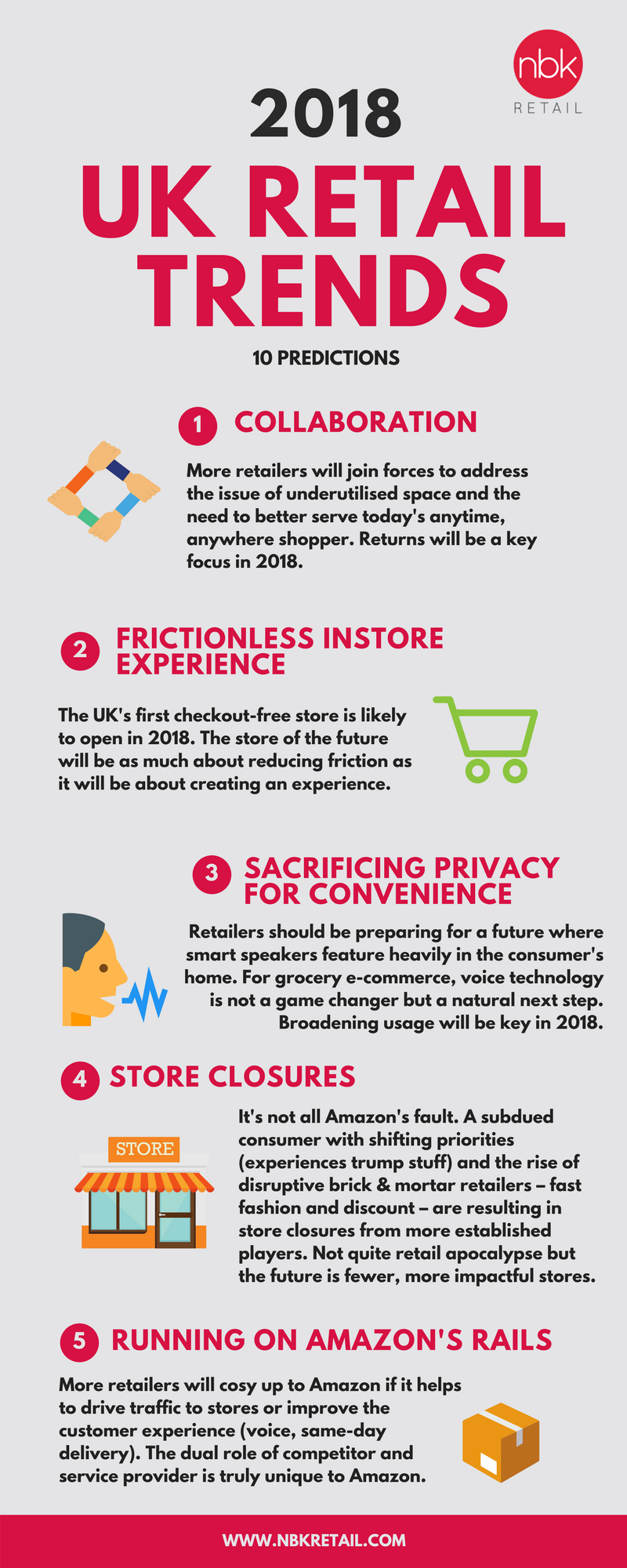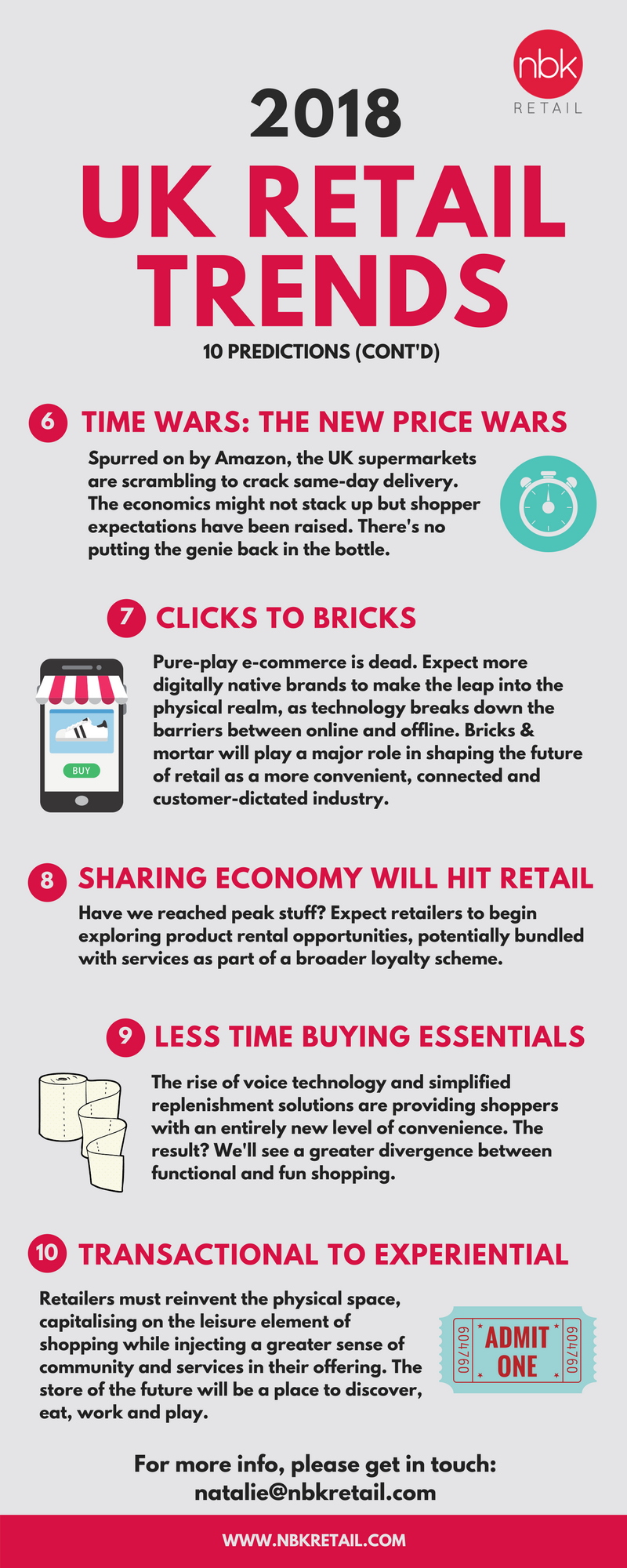Whenever I give talks on the store of the future, I always sum up with this line: the store won’t just be a place to transact but also to eat, play, work, discover, learn and borrow.
There’s usually a lot of nodding heads until I mention the b-word. Fair enough – shops naturally want to sell, rather than lend, to their customers.
In fact, our very economy depends on it.
Over half a century ago, American economist Victor Lebow noted how the economy “demands that we make consumption our way of life, that we convert the buying and use of goods into rituals, that we seek our spiritual satisfactions, our ego satisfactions, in consumption… we need things consumed, burned up, worn out, replaced and discarded at an ever-increasing pace.”
That was in 1955.
The times are finally changing. We are entering an age where access will trump ownership. This is due to the combination of a growing population, unprecedented connectivity and shifts in consumer values and priorities.
We are no longer defined by our material possessions. Instead, we’re opting to spend less on stuff and more on experiences.
Last year, according to a Barclaycard UK survey, expenditure on entertainment and travel generated the highest growth (9% and 7% respectively), while spending in most discretionary retail categories was either flat or in decline.
Millennials and younger generations are increasingly – though not necessarily willingly – forgoing ownership of homes, cars, bikes, music, books, DVDs, clothes and even pets. Meanwhile, the World Economic Forum predicts that by 2030, products will become services and the notion of shopping will become a “distant memory”.
The trend is compounded by a growing awareness of sustainability and, therefore, more mindful consumption. The concept of a circular economy is gaining momentum and it’s going to hit retail hard.
Service, share and rent
Ikea made waves with its recent announcement of a trial furniture rental scheme in Switzerland. This might sound like a radical departure for the flatpack king, but let’s not forget that Ikea was one of the first retailers to address the rather thorny topic of ‘peak stuff’ a few years back.
It has since set the ambitious goal of using only renewable and recycled materials in its products by 2030. In some markets, Ikea already buys back used furniture so the rental scheme is a natural extension.
When Boots boss Seb James was running Dixons Carphone, he acknowledged that shoppers were only “grazing on ownership” and expressed an interest in a similar type of subscription model for durable goods.
And you can see what’s in it for the retailer. Aside from the obvious eco brownie points, rental schemes allow retailers to get closer to customers by offering additional services such as assembly and repairs. This idea of ‘retail as a service’ is exactly why Ikea acquired Taskrabbit last year.
In today’s market, you have to transcend the transaction and develop a deeper emotional connection with your customers.
The category most familiar with rental retail is fashion. Luxury retailers have spearheaded the trend, with Rent the Runway describing itself as the world’s largest dry cleaner. But can it go mainstream?
Property giant Westfield thinks so. Its vision for the shopping centre of the future, dubbed Destination 2028, reflects the rise in the sharing economy with space dedicated to renting everything from clothes to exercise gear.
Rental retail makes sense, first and foremost, for those categories where the product itself can be delivered digitally – music, video, etc. And there is clearly demand for rental fashion among younger consumers which could solve the industry’s latest dilemma: ‘wardrobing’ (the ugly, unintended consequence of free delivery and returns).
But for those products that don’t become services, retailers should be seeking to extend their lifecycle. The days of throwaway fashion are numbered, and high street retailers are already taking steps to address our culture of waste.
H&M, for example, runs ‘Take Care’ workshops in some stores to educate shoppers on how to get more life out of their wardrobe.
Whether it’s teaching customers how to remove a stain or leasing them an entire kitchen, retailers need to start thinking of new, innovative ways to serve a more conscious, no-strings-attached consumer.
A version of this article originally appeared on Retail Week.




